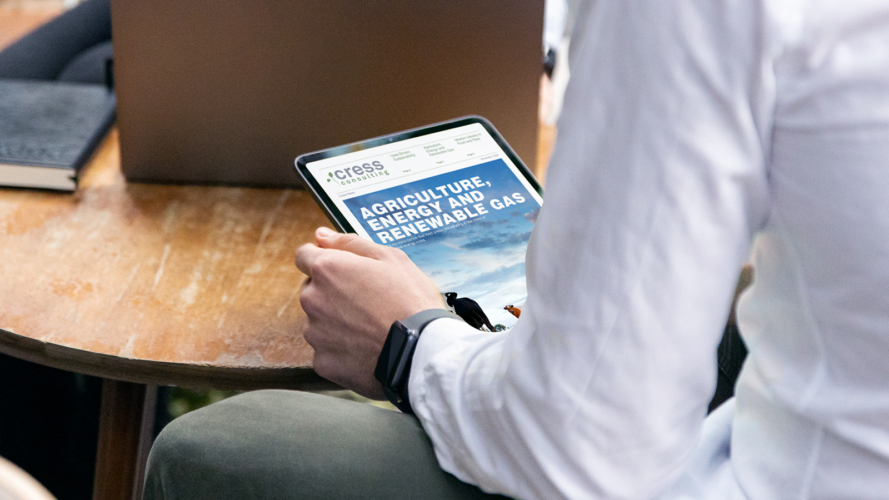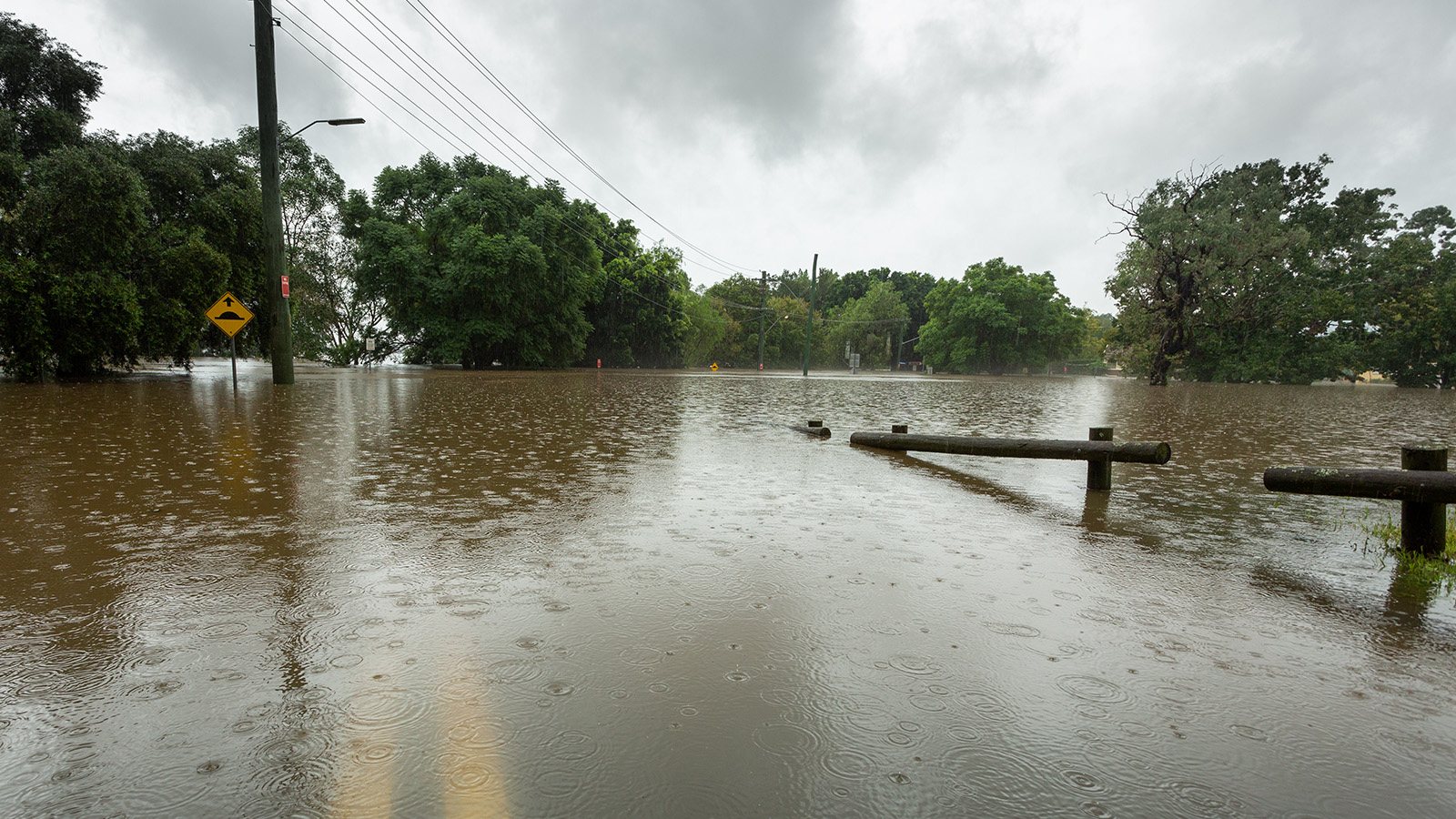
Uninhabitable, Uninsurable, Inequitable
September 21, 2022
The recent record-breaking floods across NSW and QLD have devastated homes and businesses alike, and while government disaster relief and recovery packages are pulled together, the immediate community response and nearly 50,000 insurance claims across the region form the backbone of real recovery. As extreme weather events increase in frequency and intensity, the capacity for insurers to offer affordable premiums deteriorates. If prices rise too high many people and businesses will have two options, go under-insured, or leave. Extreme flooding is not the only impact to exacerbate this issue.
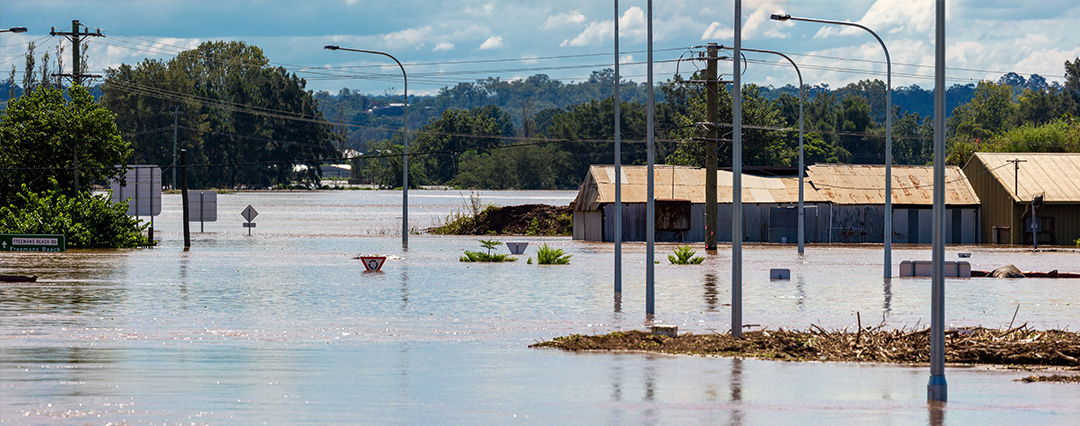
In 2016, temperatures in Kuwait City reached 54oC, the hottest reading on Earth in the last 76 years. According to the Environment Public Authority, parts of Kuwait could get as much as 4.5oC hotter from 2071 to 2100 compared with the historical average, making large areas of the country uninhabitable. Thanks to its oil endowment, Kuwait’s small population enjoys a very high GDP per capita. For this reason, when addressing climate issues such as CO2 emissions, their political system does not lack resources but political will. As Australians, if this sounds all too familiar it’s because it is.
Hotter, drier, and more extreme weather conditions across Australia are forcing both residents and businesses to re-evaluate their exposure to climate risk. On January 4th 2020, western Sydney was the hottest place on Earth, reaching an intolerable 49oC. The 2019-20 Black Summer fire season was the costliest natural disaster in our history, both financially and environmentally. Climate change is no longer looming, it’s here, and the insurance market must reconcile the magnitude and complexity of threat posed by climate change with their need to retain customers. The critical threat is that many parts of Australia will be so adversely impacted by climate change, be it heat, floods, fires, or cyclones that residents and businesses will no longer be “actuarially” insurable. That is, it will no longer make financial sense for insurance companies to offer coverage to those people. As the goalposts shift in front of them, insurers are updating their climate models to more accurately price-in true risk, quickly putting the squeeze on some areas of Australia.
The Insurance Council of Australia, the industry representative organisation, states:
“At present no region in Australia is uninsurable. However, it is possible some regions may become difficult to insure in the future unless governments invest in appropriate physical mitigation and adaptation strategies.”
These mitigation strategies can include stronger building codes to resist storms, improved land-use planning to minimise the urban heat island effect, and permanent physical mitigation infrastructure such as flood barriers. While these measures may indeed diminish some impacts, the only long-term solution to climate change is emissions reduction.
A study published in Science Direct last year found that on Kuwait’s extremely hot days, the number of deaths doubles, but it triples for migrants working in low-paid jobs, highlighting the issue of climate change inequality whereby low-paid workers are exposed to the effects of climate change more severely than high-paid workers. Kuwaitis who can afford to do so spend almost the entire summer abroad or have moved away permanently, leaving those unable to with no choice but to stay and suffer the heat.
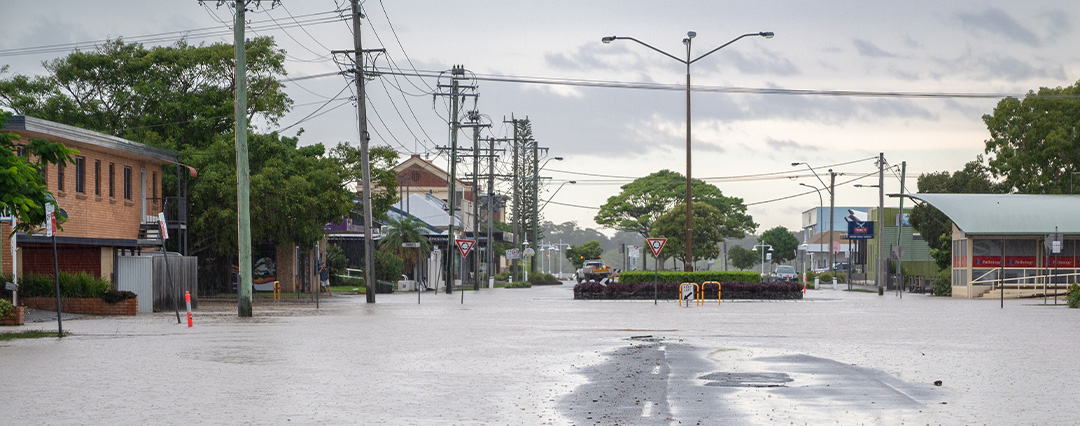
Environmental injustice is happening in Australia too. Dust pollution plagues residents living near open-cut coal mines, whose operators rarely pay the consequences. As a result, health insurers must raise premiums to accurately reflect the risk they adopt by insuring residents inhaling coal mine dust. This creates a negative externality of inequality between those able to afford the higher premiums and those unable to do so. As such, the impacts of climate change both create more risk for a population and exacerbate their financial vulnerability to that risk.
The key questions is who is going to pay to provide liveable conditions, and for how long? The challenge for governments is to reconcile the need for short term economic stability with long term economic, social, and environmental prosperity. This balance is not currently being satisfied. A fundamental change in our allocation of resources is required. Australia’s Federal and State governments spend 97 percent of disaster-related money on recovery, with the remaining 3 percent left for preparation and mitigation. A study of the aftermath of Lismore’s 2017 flood suggested that a levee would have saved hundreds of millions of dollars in smaller floods.
Andrew Gissing, General Manager at Risk Frontiers, estimates that businesses could save up to 80 percent of losses with improved flood mitigation and preparation measures, such as early warning systems. The choice to ‘building back better’ with more flood-resistant infrastructure should always be weighed against incentivising gradual residential relocation to areas of lower flood risk. It is imperative that in the aftermath of the recent floods a focus is put on building back better to improve community resilience ahead of the inevitable next disaster.
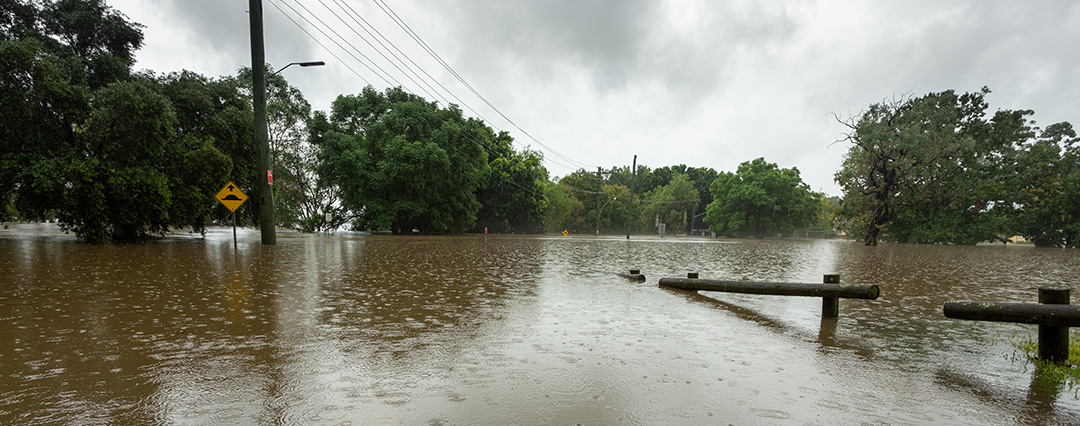
The private sector has historically been ineffective in producing environmentally positive outcomes, choosing instead to maximise profits. However, the newest climate models and reports such as the IPCC AR6 are changing investment patterns and influencing the flow of capital, making climate adaptation and mitigation an absolute imperative for any business interested in long term success. Profit maximisation and climate action are now financially compatible. Climate risk is incentivising markets to change tact and support the prosperity of sustainable businesses.
Understanding the climate impacts communities and businesses face will allow you to pre-empt and mitigate these risks by factoring climate risks into strategic decision-making. This presents an opportunity to increase community resilience and for businesses to attract additional investment by strengthening their environmental, social, and governance (ESG) reporting to better communicate with stakeholders. Help is at hand, specialist consulting firms like Cress Consulting are able to assist in climate risk assessment and the development of mitigation plans that increase community and business resilience.
Cress Consulting are sustainability, risk and water specialists, committed to finding the right solutions to help you secure a more sustainable, secure future. If you would like help to find the right solutions, please contact us here.

